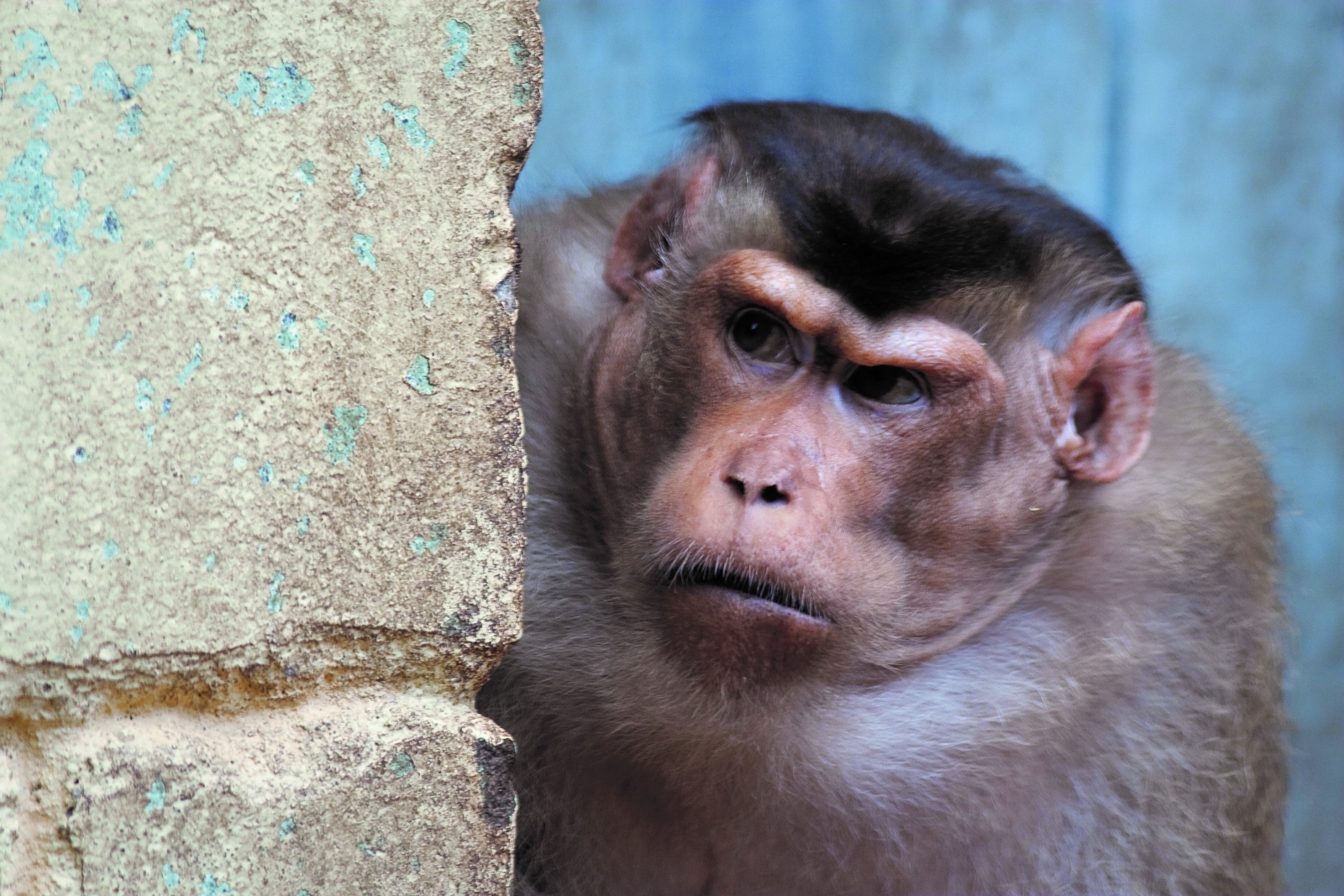


The researchers published their findings Monday (July 19) in the journal Scientific Reports (opens in new tab). The researchers do not know whether or not the second incident in December involved a different group of gorillas. The February encounter lasted 52 minutes, and the gorillas were forced to retreat without their infant. "But then, we heard chest beats, a display characteristic for gorillas, and realized that the chimpanzees had encountered a group of five gorillas." Southern, a doctoral student at Osnabrück University, said in a statement. "At first, we only noticed screams of chimpanzees and thought we were observing a typical encounter between individuals of neighboring chimpanzee communities," first author Lara M. The chimps were returning from a territory patrol when the first attack occurred. The research team was following the chimpanzees responsible for the gorilla killings as part of a long-term study into chimp behavior in Gabon's Loango National Park. Chimps, however, aggressively defend their territories against other chimpanzees and are known to kill members of rival chimp groups.

The two ape species typically avoid one another, and even feed on the same fruit trees, without conflict, according to Pika. 1984 32(4):1257–9.Chimpanzees and gorillas normally coexist peacefully where their ranges overlap in the rainforests of Central Africa. A novel fecal stable isotope approach to determine the timing of age-related feeding transitions in wild infant chimpanzees. Santa Fe, New Mexico: School of American Research Press 2006.īădescu I, Katzenberg MA, Watts DP, Sellen DW. Lactation, complementary feeding, and human life history. Evolution of infant and young child feeding: implications for contemporary public health. Breast-feeding: Early influences on later health. In: Goldberg G, Prentice A, Prentice A, Filteau S, Simondon K, editors. Evolution of human lactation and complementary feeding: Implications for understanding contemporary cross-cultural variation. Plateauing lactation may be a more widespread adaptation that allows hominoid infants time to attain the physiology and skills necessary for independent feeding, while also providing them with a steady dietary base on which they could rely consistently through infancy, and enabling mothers to maintain a fixed, predictable level of lactation effort. Although no data on milk composition were collected, these findings are consistent with a working hypothesis that like other hominoids, chimpanzee mothers maintained a fixed level of lactation effort over several years as infants increasingly supplemented their growing energy, micronutrient and hydration needs via independent foraging. No sex effect on infant nursing or foraging was apparent, but infants of primiparous females had higher foraging rates and spent more time foraging than the infants of multiparous females did. Infants spent as much time foraging by the time they were 4 to 5 years old as adults did. Independent foraging probably became a dietary requirement for infants at 1 year old, when their energy needs may have surpassed the available milk energy. Foraging rates did not change after 1 year old, but foraging durations and the % time devoted to foraging increased with age. Nursing continued at a decreasing rate for some 5- to 7-year-olds. Nursing % times, rates and durations were highest for infants ≤ 6 months old but did not change significantly from 6 months to 5 years old. We compared the percentage (%) of time that mothers nursed infants as a function of infant age and assessed how hourly rates and bout durations of nursing and foraging varied in association with differences in offspring age, sex, and maternal parity. We investigated variation in feeding development in 72 immature wild chimpanzees (Pan troglodytes schweinfurthii) at Ngogo, Kibale National Park, Uganda, and made inferences about maternal lactation over the course of infancy. The interaction between infant feeding and maternal lactational physiology influences female inter-birth intervals and mediates maternal reproductive trade-offs.


 0 kommentar(er)
0 kommentar(er)
